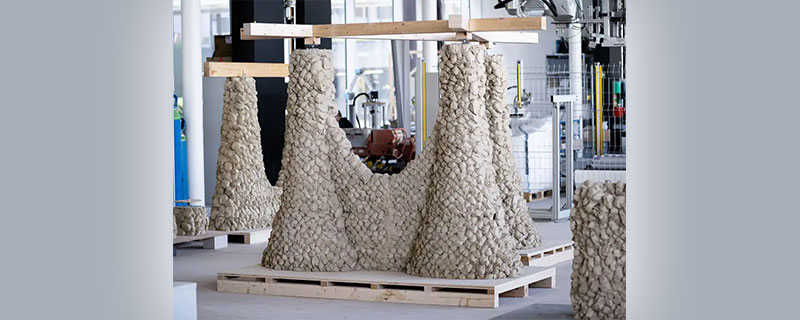“Impact printing” for green building
Researchers at ETH Zurich pioneered a new robotic additive manufacturing method to foster sustainable construction through “impact printing.”
Researchers at ETH Zurich have done a new robotic additive manufacturing method to foster sustainable construction through “impact printing.” This new, innovative process utilizes earth-based materials such as clay and excavated earth-very inexpensive, abundant, and environmentally friendly-alternatives to traditional cement-based building methods.
The impact printing overcomes the labor-intensive and costly nature of the current earth-based construction techniques by adopting construction robots shooting material from above, developing walls gradually upon impact. Such materials bond together, often with just a few additives, to form a strong, stable structure, without the need to stop and wait for the material to solidify, as is the case in concrete 3D printing.






Leave a Reply
Want to join the discussion?Feel free to contribute!